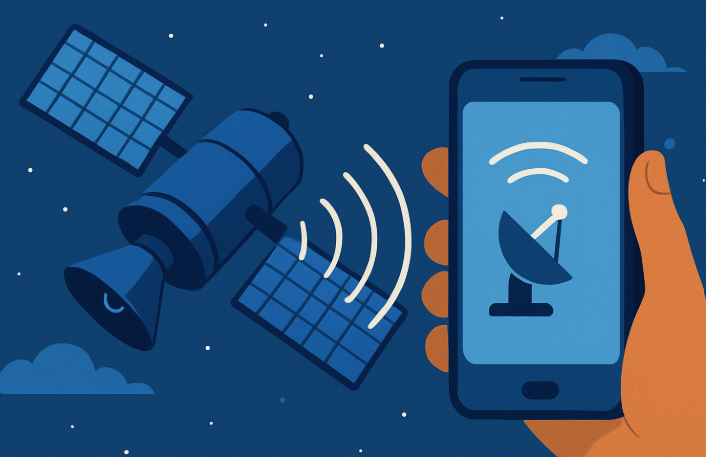
The telecommunications industry is undergoing a major transformation as tech giants and satellite companies race to bring direct-to-smartphone satellite connectivity to the mainstream. Apple and SpaceX are leading the charge, with other players like Huawei, Samsung, and AST SpaceMobile quickly following suit.
Earlier this week, Apple announced the expansion of its Emergency SOS via Satellite feature to over 25 new countries, including parts of Africa and Southeast Asia. The feature, launched in late 2022, allows iPhone users to send messages and request emergency assistance even without cellular or Wi-Fi coverage — a game-changer for users in rural and underserved areas.
Meanwhile, SpaceX and T-Mobile have begun beta testing their Direct to Cell service, enabling standard LTE texting and calling capabilities via Starlink satellites. The service, set to launch commercially by the end of 2025, promises near-global coverage and could reshape the mobile landscape by reducing reliance on traditional terrestrial cell towers.
“This technology has the potential to bridge the digital divide in a way never seen before,” said telecom analyst Maria Chen of Global Data Insights. “For billions of people in remote regions, this could mean their first reliable mobile connection.”
The growing interest in satellite connectivity has also caught the attention of regulators. The FCC and European Commission are currently reviewing spectrum allocation policies to support this new class of hybrid mobile-satellite services.
Industry insiders predict that satellite-to-phone capability will become standard on most flagship smartphones by 2026. As the technology matures, it may also pave the way for more resilient networks in times of crisis, natural disasters, or geopolitical conflict.


